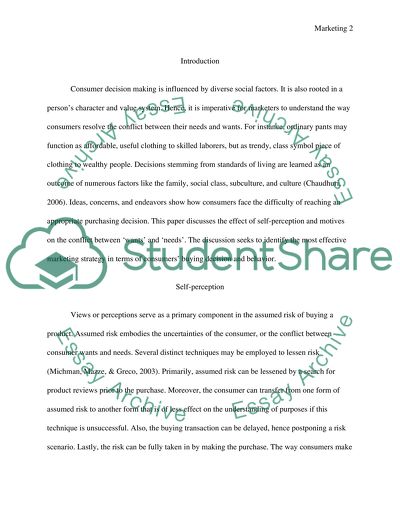Cite this document
(“Choosing Between Wants and Needs Research Paper”, n.d.)
Retrieved from https://studentshare.org/marketing/1429954-consumer-behavior
Retrieved from https://studentshare.org/marketing/1429954-consumer-behavior
(Choosing Between Wants and Needs Research Paper)
https://studentshare.org/marketing/1429954-consumer-behavior.
https://studentshare.org/marketing/1429954-consumer-behavior.
“Choosing Between Wants and Needs Research Paper”, n.d. https://studentshare.org/marketing/1429954-consumer-behavior.


